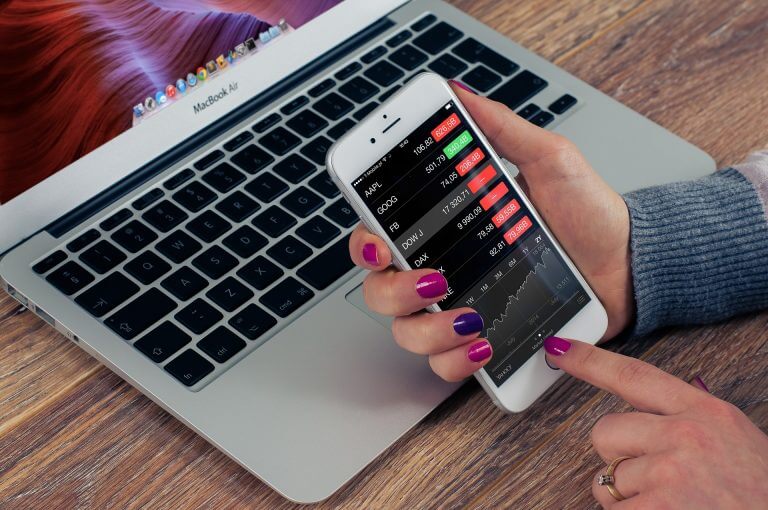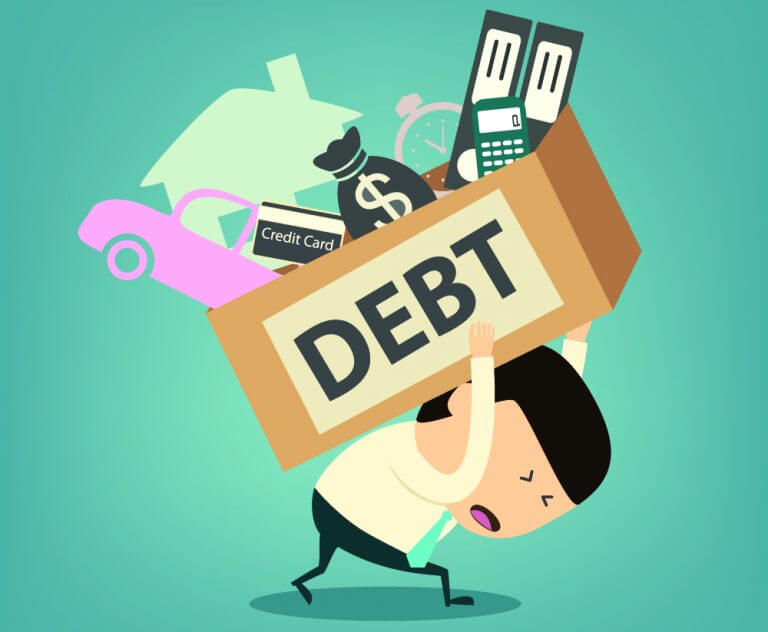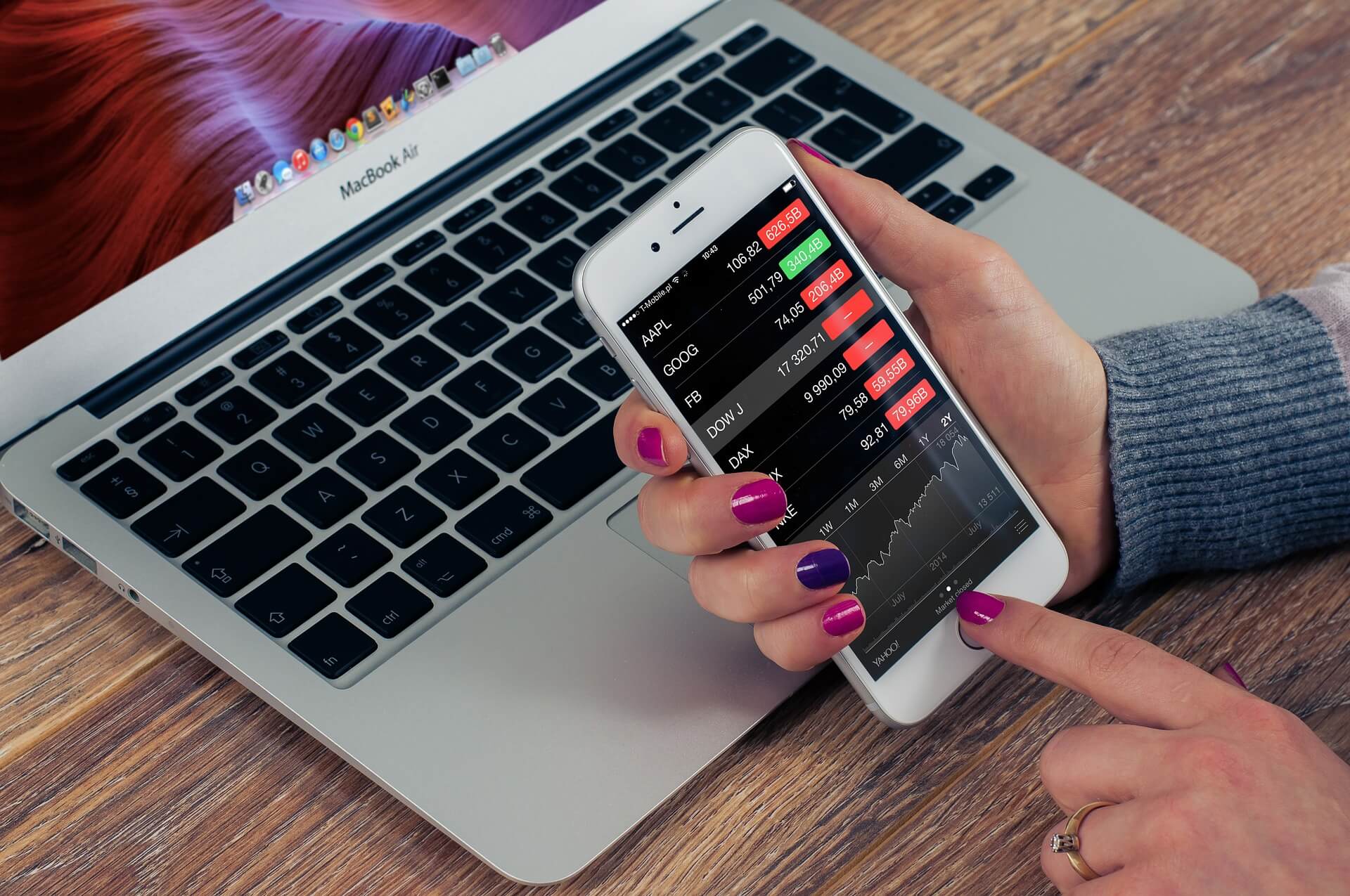Assets and Liabilities, What?
Assets and liabilities are two common accounting terms that will help change the way you look at your wealth. Many liabilities are disguised as assets because it is what we were always taught. They may be classified in the asset column by your accountant, but they are really equipment unless they produce income.
The Balance Sheet
If you were to research assets and liabilities, you would likely be pointed to a balance sheet. A balance sheet shows assets are equal to liabilities and equity. In this sheet, you are likely to throw things into the asset column that, while are technically assets, they weigh heavy on the liability section. In Rich Dad Poor Dad, Robert Kiyosaki summarizes assets into anything making you money and liabilities costing you money. While a simplification, I want to break down assets and liabilities that may make more sense.
Assets
Many people think of assets as your house, your car, or anything tangible that is worth anything. This is technically true, but it is not the approach you should be taking. Tangible “assets” like this are categorized in accounting terms as equipment. Equipment depreciates over time, as you see with cars. The car loses much of its value the minute you drive it off the lot. Houses always depreciate, but not in ways you would think. From a component stand point, the windows, doors, paint, roof, etc. all depreciate and you’re able to write those off on your taxes. See a certified accountant for details. Let’s break these equipment assets into a few different categories.
Depreciating Asset (Equipment)
This is the category that contains a lot of people consider their assets. While yes, this is technically an asset, in the equipment column, it is losing you money as time goes on. This are things like cars, computers, farm equipment, or things in that nature. Look at one of your assets and consider what you paid for it. Now, if you were to buy the same make, model, and year, how much would it cost you? If lower than you paid, then it is a depreciating asset.

Appreciating Asset (Equipment)
Now this is the category that most think their assets actually fall. This is where you would find a house. This asset will grow in value over time. If you invest in stocks, these would also fall into this category, hopefully. If you had to buy equipment, you would want them to fall into this category versus the depreciating category. I want to be clear though, appreciating assets may still be overwhelmed by liabilities. And this is why appreciating assets that do not generate income are considered liabilities in the eyes of Robert Kiyosaki.

Income Producing Asset (Not Just Equipment)
To be considered a true asset, the asset needs to be an income producing asset. This is what Robert Kiyosaki classifies as assets. You can take the assets from the last two sections and make them income producing assets. If you do, then they are truly assets. For example, if you have rental property, that house is not just an appreciating asset, but also an income producing asset. This would work for cars as well as long as they’re used for generating income, like Uber. One great way to get income producing assets is with dividend stocks.

Liabilities
The biggest piece in the liability column is expenses. These are your bills you pay each month. Most important in this discussion are the expenses directly correlated to the assets. This is where the key distinction comes to play. If you have a non-income producing house, for example, and you have a mortgage on the house, it’s costing you money. You may be thinking that its appreciating, so that’s income producing, right? No. Like most other appreciating assets, and depreciating, the gain (or loss) is not realized until you sell. This is the same with stocks. Unless it is a dividend stock, it is an appreciating asset, not an income producing asset, but not a liability. So, the best way to consider if an asset is a true asset or a liability in the eyes of Kiyosaki is if it net you a loss each month to own it. If it does, it’s not a true asset.

Assets and Liabilities Need to be Addressed
To sum it up, an asset can be both a liability and an asset. A true asset nets you a positive cash flow each month. When considering purchasing an asset, ask if it passes the test. The one who stacks their portfolio with income producing assets makes their money work for them, so they do not have to work for their money.
Disclaimer
Once again, I am not a financial advisor. These tips are some things I have validated with my own personal experiences. If you feel you need more personal advice, please consult a professional financial advisor. Dont forget to check out the Book List for published authors on this topic!




